Lemon balm (Melissa officinalis) is a charming and fragrant herb known for its delightful appearance and lemony aroma. Here’s a description of lemon balm:
- Appearance:
- Lemon balm is a bushy, herbaceous perennial plant that typically grows to a height of about 1 to 2 feet (30 to 60 centimeters).
- It has a spreading growth habit, with multiple stems arising from the base.
- The leaves of lemon balm are bright green, heart-shaped, and deeply veined. They are roughly toothed along the edges and have a soft, slightly fuzzy texture.
- Clusters of small, pale yellow or white flowers with a subtle lemon fragrance bloom on the plant during the summer months.
- Aroma:
- The defining characteristic of lemon balm is its strong lemon-like scent. When you rub the leaves or crush them gently between your fingers, they release a refreshing, citrusy aroma. This fragrance is what gives the herb its name.
- Flavor:
- Lemon balm leaves have a mild, lemony flavor with a hint of sweetness. This lemon-like taste makes it a popular choice for flavoring teas, desserts, and savory dishes.
- Cultural Significance:
- Lemon balm has a rich history of use dating back to ancient times. It was highly regarded by the Greeks and Romans for its medicinal and culinary qualities.
- The plant’s Latin name, “Melissa,” means “bee” in Greek, and lemon balm is known for attracting bees and other pollinators with its fragrant flowers.
- Uses:
- Lemon balm is commonly used in the kitchen to flavor salads, soups, sauces, and beverages.
- It is a key ingredient in herbal teas and infusions, known for its calming and soothing properties.
- The essential oil extracted from lemon balm is used in aromatherapy and in various topical applications.
- Cultivation:
- Lemon balm is relatively easy to cultivate and can thrive in a variety of soil types.
- It prefers well-drained soil and partial to full sunlight but can tolerate some shade.
- The plant can be propagated from seeds, cuttings, or by dividing established clumps.
- Gardeners often plant lemon balm in herb gardens, borders, or containers.
In summary, lemon balm is a lovely herb with a lemony fragrance, heart-shaped leaves, and a mild citrus flavor. It is cherished for its culinary versatility and potential medicinal benefits, making it a favorite among gardeners and herbal enthusiasts.

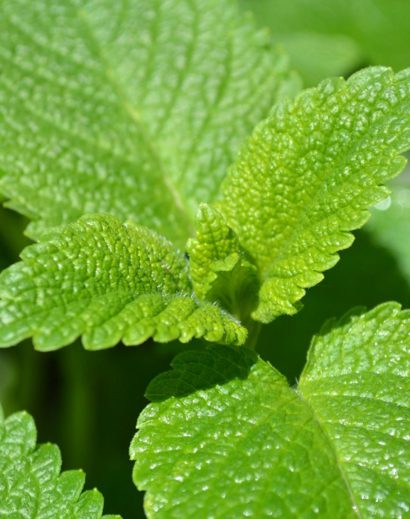
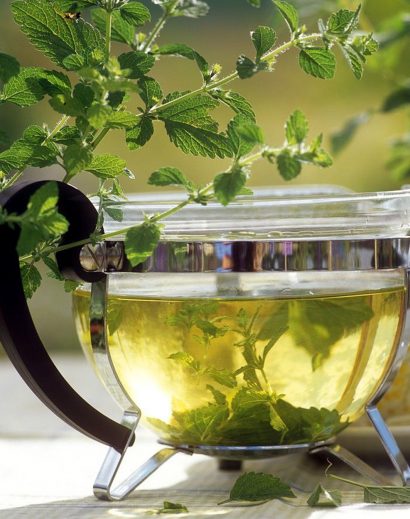
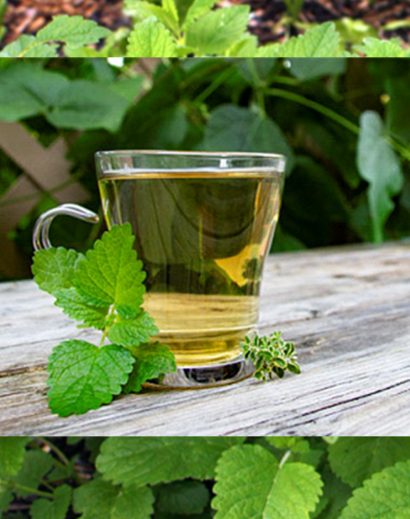
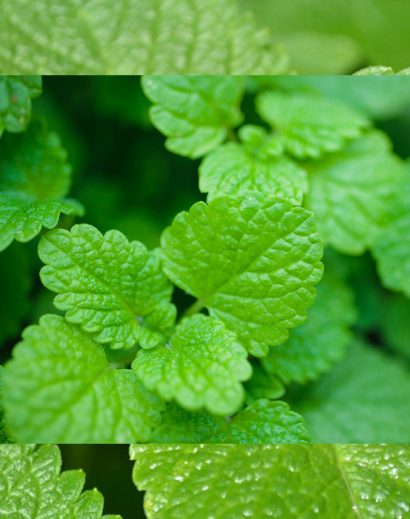
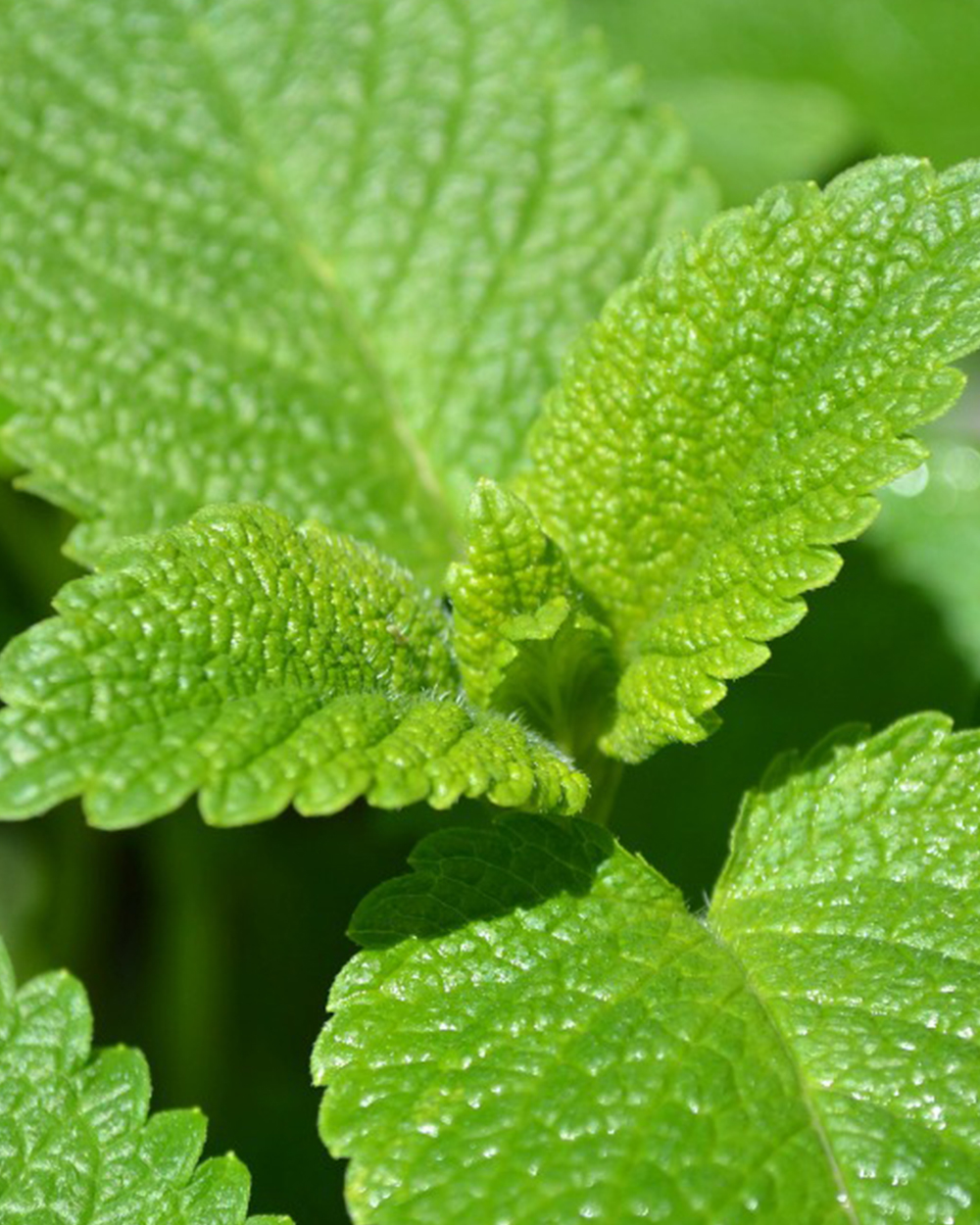
Reviews
There are no reviews yet.